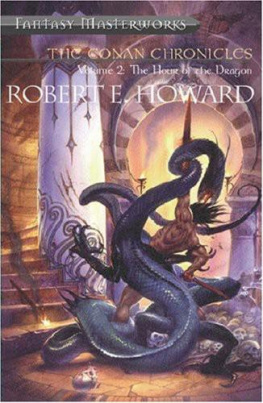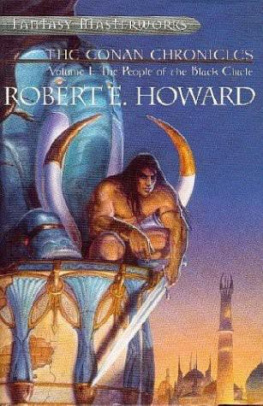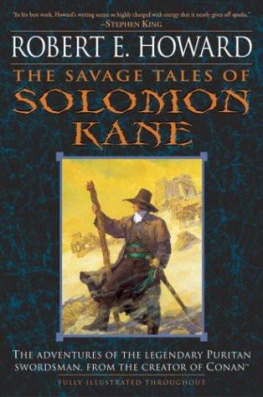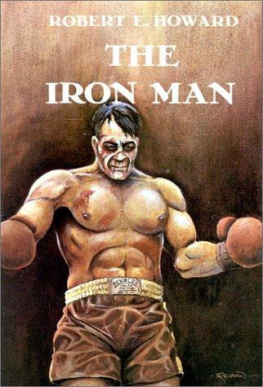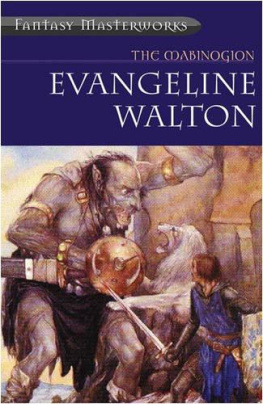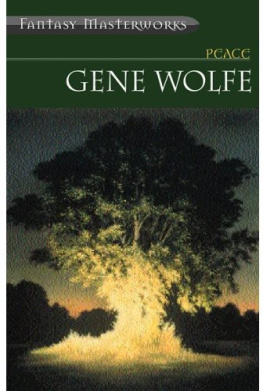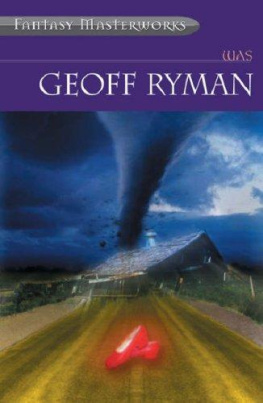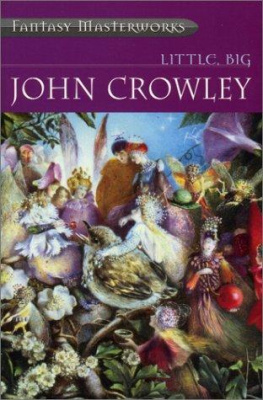Robert E. Howard - The Conan Chronicles: Volume 2: Hour of the Dragon (FANTASY MASTERWORKS 16)
Here you can read online Robert E. Howard - The Conan Chronicles: Volume 2: Hour of the Dragon (FANTASY MASTERWORKS 16) full text of the book (entire story) in english for free. Download pdf and epub, get meaning, cover and reviews about this ebook. year: 2001, publisher: Gollancz, genre: Art. Description of the work, (preface) as well as reviews are available. Best literature library LitArk.com created for fans of good reading and offers a wide selection of genres:
Romance novel
Science fiction
Adventure
Detective
Science
History
Home and family
Prose
Art
Politics
Computer
Non-fiction
Religion
Business
Children
Humor
Choose a favorite category and find really read worthwhile books. Enjoy immersion in the world of imagination, feel the emotions of the characters or learn something new for yourself, make an fascinating discovery.
- Book:The Conan Chronicles: Volume 2: Hour of the Dragon (FANTASY MASTERWORKS 16)
- Author:
- Publisher:Gollancz
- Genre:
- Year:2001
- Rating:3 / 5
- Favourites:Add to favourites
- Your mark:
- 60
- 1
- 2
- 3
- 4
- 5
The Conan Chronicles: Volume 2: Hour of the Dragon (FANTASY MASTERWORKS 16): summary, description and annotation
We offer to read an annotation, description, summary or preface (depends on what the author of the book "The Conan Chronicles: Volume 2: Hour of the Dragon (FANTASY MASTERWORKS 16)" wrote himself). If you haven't found the necessary information about the book — write in the comments, we will try to find it.
The Conan Chronicles: Volume 2: Hour of the Dragon (FANTASY MASTERWORKS 16) — read online for free the complete book (whole text) full work
Below is the text of the book, divided by pages. System saving the place of the last page read, allows you to conveniently read the book "The Conan Chronicles: Volume 2: Hour of the Dragon (FANTASY MASTERWORKS 16)" online for free, without having to search again every time where you left off. Put a bookmark, and you can go to the page where you finished reading at any time.
Font size:
Interval:
Bookmark:
The Hour of the Dragon
Robert E. Howard
Fantasy Masterworks Volume 16
eGod
This was a more or less pure-blooded race, though modified by contact with the Zingarans in the south and, much less extensively, with the Bossonians of the west and north. Aquilonia, as the westernmost of the Hyborian kingdoms, retained frontier traditions equalled only by the more ancient kingdom of Hyperborea and the Border Kingdom. Its most important provinces were Poitain in the south, Gunderland in the north, and Attalus in the southeast. The Aquilonians were a tall race, averaging five feet, ten and three-fourths inches in height, and were generally inclined to be rangy, though in the last generations the city dwellers inclined towards portliness. They varied in complexion largely according to locality. Thus the people of Gunderland were uniformly tawny-haired and gray-eyed, while the people of Poitain were almost uniformly dark as their neighbors the Zingarans. All were inclined to be dolichocephalic, except a sprinkling of peasantry along the Bossonian border, whose type had been modified by admixture with the latter race, and here and there in the more primitive parts of the kingdom where remnants of unclassified aboriginal races still existed, absorbed into the surrounding population. The people of Attalus boasted the greatest advances in commerce and culture, though the whole level of Aquilonian civilization was enviable. Their language was much like the other Hyborian tongues and their chief god was Mitra. At the height of their power their religion was of a refined and imaginative type, and they did not practise human sacrifice. In war they relied largely upon their cavalry, heavily armed knights. Their pikemen and spearmen were mainly Gundermen, while their archers were supplied from the Bossonian Marches.
Gunderland was once a separate kingdom, but was brought into the larger kingdom, less by conquest than agreement. Its people never considered themselves exactly Aquilonians, and after the fall of the great kingdom, Gunderland existed for several generations in its former state as a separate principality. Their ways were ruder and more primitively Hyborian than those of the Aquilonians, and their main concession to the ways of their more civilized southern neighbors was the adoption of the god Mitra in place of the primitive Bori - a worship to which they returned, however, upon the fall of Aquilonia. They were, next to the Hyperboreans, the tallest of the Hyborian races. They were fine soldiers, and inclined to wander far. Gunderland mercenaries were to be found in all the armies of the Hyborian kingdoms, and in Zamora and the more powerful kingdoms of Shem.
These people were descendants of the ancient Atlanteans, though they themselves were unaware of their descent, having evolved by their own efforts from the ape-men to which their ancient ancestors had sunk. They were a tall, powerful race, averaging six feet in height. They were black-haired, and gray-or blue-eyed. They were dolichocephalic, and dark-skinned, though not so dark as either the Zingarans, Zamorians or Picts. They were barbaric and warlike, and were never conquered, although, at the end of the Hyborian Age, the southward-drifting Nordics drove them from their country. They were a moody, brooding race, whose gods were Crom and his brood. They did not practise human sacrifice, for it was their belief that their gods were indifferent to the fate of men. They fought on foot, mainly, and made savage raids on their neighbors to the east, north, and south.
Located between the Bossonian Marches and the Pictish Wilderness. Provinces: Thandara, Conawaga, Oriskonie, Schohira. Political situation: Oriskonie, Conawaga, and Schohira were ruled by royal patent. Each was under the jurisdiction of a baron of the western marches, which lie just east of the Bossonian Marches. These barons were accountable only to the king of Aquilonia. Theoretically they owned the land, and received a certain percentage of the gain. In return they supplied troops to protect the frontier against the Picts, built fortresses and towns, and appointed judges and other officials. Actually their power was not nearly so absolute as it seemed. There was a sort of supreme court located in the largest town of Conawaga, Scan-aga, presided over by a judge appointed directly by the king of Aquilonia, and it was a defendant's privilege, under certain circumstances, to appeal to this court. Thandara was the southernmost province, Oriskonie the northernmost and the most thinly settled. Conawaga lay south of Oriskonie, and south of Conawaga lay Schohira, the smallest of the provinces. Conawaga was the largest, richest and most thickly settled, and the only one in which landed patricians had settled to any extent. Thandara was the most purely pioneer province. Originally it had only been a fortress by that name, on Warhorse River, built by direct order of the king of Aquilonia, and commanded by royal troops. After the conquest of the province of Conajohara by the Picts, the settlers from that province moved southward and settled the country in the vicinity of the fortress. They held their land by force of arms, and neither received nor needed any patent. They acknowledged no baron as overlord. Their governor was merely a military commander, elected from among themselves, their choice being always submitted to and approved by the king of Aquilonia as a matter of form. No troops were ever sent to Thandara. They built forts, or rather blockhouses, and manned them themselves, and formed companies of military bodies called Rangers. They were incessantly at war with the Picts. When the word came that Aquilonia was being torn by civil war, and that the Cimmerian Conan was striking for the crown, Thandara instantly declared for Conan, renounced their allegiance to King Namedides and sent word asking Conan to endorse their elected governor, which the Cimmerian instantly did. This enraged the commander of a fort in the Bossonian Marches, and he marched with his host to ravage Thandara. But the frontiersmen met him at their borders and gave him a savage defeat, after which there was no attempt to meddle with Thandara. But the province was isolated, separated from Schohira by a stretch of uninhabited wilderness, and behind them lay the Bossonian country, where most of the people were loyalists. The baron of Schohira declared for Conan, and marched to join his army, but asked no levies of Schohira where indeed every man was needed to guard the frontier. But in Conawaga were many loyalists, and the baron of Conawaga rode in person into Scandaga and demanded that the people supply him with a force to ride and aid King Namedides. There was civil war in Conawaga, and the baron planned to crush all other provinces and make himself governor of them all. Meantime, in Oriskonie, the people had driven out the governor appointed by their baron and were savagely righting such loyalists as skulked among them.
The woman on the horse reined in her weary steed. It stood with its legs wide-braced, its head drooping, as if it found even the weight of the gold-tassled, red-leather bridle too heavy. The woman drew a booted foot out of the silver stirrup and swung down from the gilt-worked saddle. She made the reins fast to the fork of a sapling, and turned about, hands on her hips, to survey her surroundings.
They were not inviting. Giant trees hemmed in the small pool where her horse had just drunk. Clumps of undergrowth limited the vision that quested under the somber twilight of the lofty arches formed by intertwining branches. The woman shivered with a twitch of her magnificent shoulders, and then cursed.
Font size:
Interval:
Bookmark:
Similar books «The Conan Chronicles: Volume 2: Hour of the Dragon (FANTASY MASTERWORKS 16)»
Look at similar books to The Conan Chronicles: Volume 2: Hour of the Dragon (FANTASY MASTERWORKS 16). We have selected literature similar in name and meaning in the hope of providing readers with more options to find new, interesting, not yet read works.
Discussion, reviews of the book The Conan Chronicles: Volume 2: Hour of the Dragon (FANTASY MASTERWORKS 16) and just readers' own opinions. Leave your comments, write what you think about the work, its meaning or the main characters. Specify what exactly you liked and what you didn't like, and why you think so.

